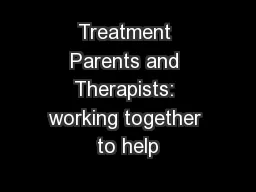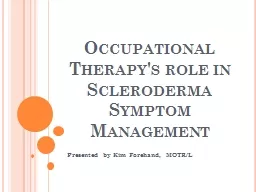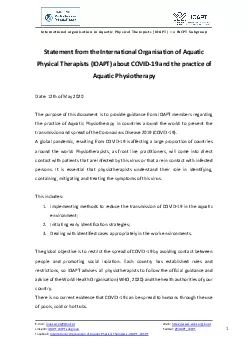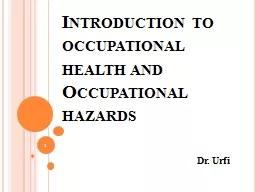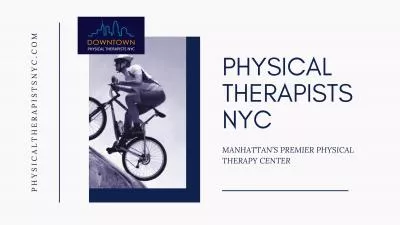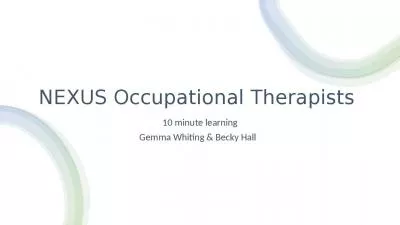PPT-The Role of Physical and Occupational Therapists in the School Setting Working Collaboratively
Author : cheryl-pisano | Published Date : 2018-11-06
School Nurses Dr Rachel W Alachnowicz PT Graduated from The College of William and Mary in 1996 with a BS in Chemistry Masters of Science from the Medical College
Presentation Embed Code
Download Presentation
Download Presentation The PPT/PDF document "The Role of Physical and Occupational Th..." is the property of its rightful owner. Permission is granted to download and print the materials on this website for personal, non-commercial use only, and to display it on your personal computer provided you do not modify the materials and that you retain all copyright notices contained in the materials. By downloading content from our website, you accept the terms of this agreement.
The Role of Physical and Occupational Therapists in the School Setting Working Collaboratively: Transcript
Download Rules Of Document
"The Role of Physical and Occupational Therapists in the School Setting Working Collaboratively"The content belongs to its owner. You may download and print it for personal use, without modification, and keep all copyright notices. By downloading, you agree to these terms.
Related Documents



